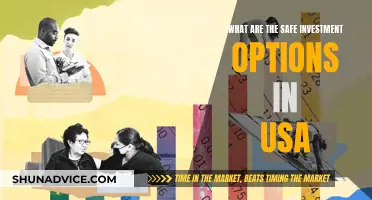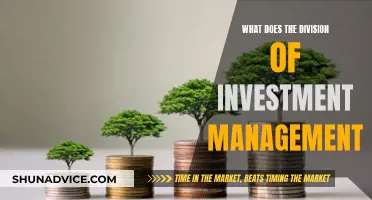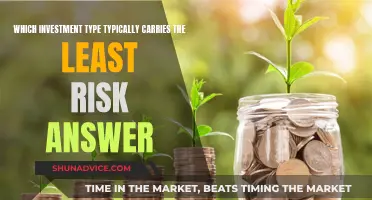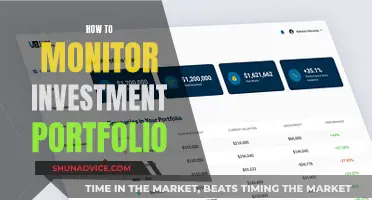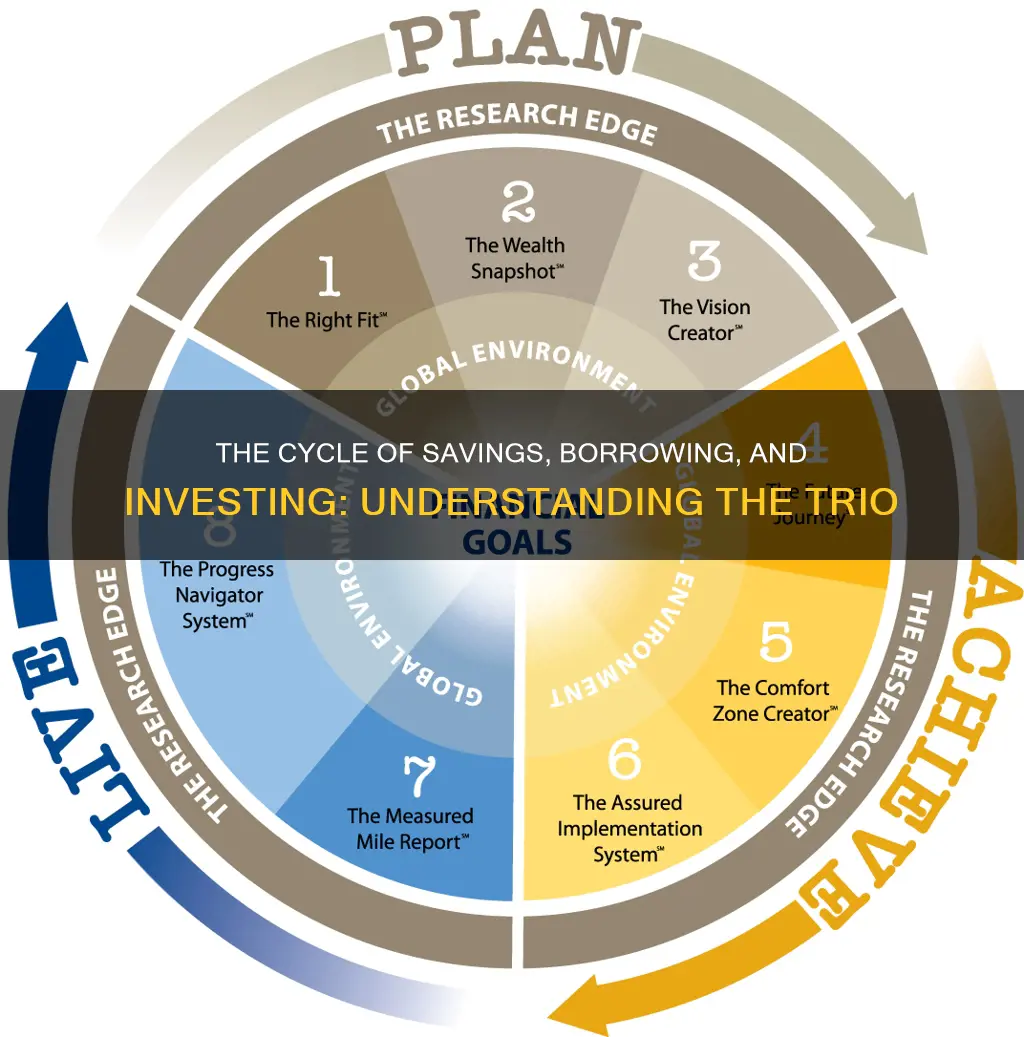
Borrowing, saving, and investing are all interconnected activities that play a crucial role in personal finance and the economy as a whole. Saving involves setting aside money for future use, emergencies, or purchases, while investing refers to deploying assets with the expectation of generating returns. Borrowing, on the other hand, is taking a loan with the intention of repaying it in the future, often with interest. These three activities are part of a cycle where individuals and businesses borrow to invest, save to accumulate capital, and invest to grow their wealth. This cycle is influenced by various factors, including interest rates, economic conditions, and individual financial goals. Understanding this cycle is essential for making informed financial decisions and managing money effectively.
| Characteristics | Values |
|---|---|
| Definition | The savings-borrowing-investing cycle is a macroeconomic concept that involves the interaction of savers, borrowers, and investors in the market for loanable funds. |
| Purpose | Individuals save, borrow, and invest to smooth their consumption over their lifetime, ensuring they have adequate funds for emergencies, future purchases, and long-term goals. |
| Market Intermediaries | Financial intermediaries, such as banks, bond markets, and stock markets, play a crucial role in connecting savers and borrowers, facilitating the flow of funds in the economy. |
| Interest Rates | The interest rate is the price of borrowing and saving. It influences the supply of savings and the demand for loans, with higher interest rates generally leading to increased savings and reduced borrowing. |
| Credit Cycle | The savings-borrowing-investing cycle is closely linked to the credit cycle, which refers to the phases of access to credit based on economic expansion and contraction. |
| Economic Impact | Borrowing and spending sustain global demand and contribute to credit creation, while saving and deleveraging have a contractionary effect on economic growth. |
| Asset Prices | The ebb and flow of credit create boom and bust asset price cycles, with credit availability influencing investment spending and asset valuations. |
| Risk and Profitability | Lenders consider risk and profitability when extending loans. During economic expansions, investments are perceived as less risky, increasing credit availability. |
| Business Cycle | The savings-borrowing-investing cycle interacts with the business cycle, impacting investment spending, asset prices, and economic growth. |
What You'll Learn
- Saving means setting money aside for emergencies or future purchases, while investing is buying assets with an expectation of profit
- Borrowing and spending help sustain global demand and feed credit creation
- Credit availability is determined by risk and profitability to lenders
- A credit cycle describes the phases of access to credit by borrowers based on economic expansion and contraction
- The Federal Reserve raises or lowers the federal funds rate to encourage or discourage borrowing

Saving means setting money aside for emergencies or future purchases, while investing is buying assets with an expectation of profit
Saving and investing are two different concepts, though they are often used interchangeably. Saving means setting money aside for emergencies or future purchases, while investing is buying assets with an expectation of profit.
Saving is about consuming less now so that you can consume more in the future. It's about having financial security and being able to access your money quickly, with little risk and minimal taxes. People save for different reasons; it could be for a future purchase, like a car or a house, or for emergencies. Some people save by putting money in the bank, while others might invest in stocks or contribute to a pension plan.
Investing, on the other hand, is about buying assets such as stocks, bonds, mutual funds, or real estate. The goal of investing is to make money, and investments are typically chosen to achieve long-term goals. There are two main types of investments: income investments and growth investments. Income investments generate regular cash flow, like dividends or interest payments, while growth investments focus on capital appreciation, where the value of the asset increases over time.
The decision to save or invest depends on an individual's financial goals and risk tolerance. Saving is generally considered lower risk, as the value of the money saved remains stable, whereas investing carries the potential for higher returns but also comes with higher risk.
In the context of the savings-borrowing-investing cycle, saving is crucial for building financial security and providing funds for future investments. Borrowing allows individuals to make large purchases or investments that they may not be able to afford otherwise, such as buying a house or starting a business. However, borrowing also comes with the obligation to repay the loan with interest. The interest rate, which is the cost of borrowing, plays a significant role in the cycle, influencing both savings and investment decisions.
Understanding the dynamics between saving, borrowing, and investing is essential for managing personal finances effectively and making informed decisions about money. It's important to note that the cycle is influenced by various factors, including interest rates, economic conditions, and individual financial goals and circumstances.
Equity Linked Savings Schemes: A Smart Investment Guide
You may want to see also

Borrowing and spending help sustain global demand and feed credit creation
Borrowing and spending are essential to sustaining global demand and fuelling credit creation. This dynamic is a key component of the credit cycle, which describes the ebb and flow of access to credit by borrowers based on economic expansion and contraction. During economic expansions, borrowing and spending are more prevalent, as individuals and businesses take advantage of increased credit availability to invest in education, big projects, or other long-term goals. This, in turn, stimulates economic activity and contributes to global demand.
The availability of credit is influenced by interest rates and lending requirements set by central banks, such as the Federal Reserve in the United States. Lower interest rates and relaxed lending standards make it easier for borrowers to access funds, leading to increased borrowing and spending. This phase of the credit cycle is characterised by economic growth and a general increase in economic activity.
However, it is important to note that the credit cycle also includes a contraction period. During this time, interest rates tend to climb, and lending rules become stricter, resulting in reduced credit availability. This contraction phase continues until risks are mitigated for lending institutions, at which point the cycle begins anew with improved credit access.
The interplay between borrowing and spending and the credit cycle has a significant impact on the global economy. When borrowing and spending are high, they can drive demand for goods and services, investment, and economic growth. However, when the credit cycle enters a contraction, the reduced availability of credit can lead to decreased demand, slower investment, and a potential economic downturn.
Additionally, the behaviour of financial intermediaries, such as banks, bond markets, and stock markets, plays a crucial role in the credit cycle. These institutions act as links between savers and borrowers, facilitating the flow of funds in the economy. During economic expansions, financial intermediaries contribute to inflating asset valuations, while in contractions, they may constrain credit supply and trigger a chain reaction of saving and deleveraging, impacting investment spending and asset prices.
Yotta Savings: A Smart Investment Strategy for Your Money
You may want to see also

Credit availability is determined by risk and profitability to lenders
Credit availability is determined by the level of risk involved and the potential profitability for lenders. The lower the risk and the greater the profitability, the more willing lenders are to extend loans.
During periods of high access to credit, risk is often reduced as investments in real estate and businesses tend to increase in value, and the repayment ability of borrowers is expected to be sound. Additionally, individuals are more inclined to take out loans during these periods as funds are cheaper and their incomes are stable or rising. This increased demand for loans further stimulates economic activity.
However, when the economic cycle turns and assets and investments start to decrease in value, the ability to repay loans is diminished, increasing the risk of borrower default. In response, banks and lending institutions tighten their lending requirements and raise interest rates to mitigate the higher risk. This, in turn, reduces the available credit pool and decreases the demand for new loans as borrowers focus on reducing their debt.
The availability of credit is also influenced by the performance of financial intermediaries, such as banks, bond markets, and stock markets. These institutions play a crucial role in linking savers and borrowers, facilitating the flow of funds in the economy. When funding in debt markets is abundant, lending constraints are relaxed, and financial intermediaries actively extend credit, supporting investment spending and economic expansion. Conversely, when debt funding conditions deteriorate, credit spreads widen, and intermediaries are forced to save and deleverage, constraining the supply of credit in the market.
The credit cycle, characterised by recurring phases of easy and tight borrowing and lending, is a significant economic cycle that influences investment decisions and the overall economic climate. Understanding this cycle and an economy's position within it can help investors and businesses make more informed choices about their investments and strategies.
CDs: Macroeconomics Investment or Savings Strategy?
You may want to see also

A credit cycle describes the phases of access to credit by borrowers based on economic expansion and contraction
A credit cycle is a recurring pattern in a modern economy, describing the phases of access to credit by borrowers based on economic expansion and contraction. It is one of the significant economic cycles identified by economists, and its length tends to be longer than the business cycle. This is because it takes time for the weakening of corporate fundamentals or property values to become apparent.
The credit cycle can be divided into two main phases: the expansionary period and the contraction period. During the expansionary phase, funds are readily available, and it is relatively easy to borrow money. This phase is characterised by lower interest rates, relaxed lending requirements, and an increase in the amount of credit available. Consequently, there is a stimulation of economic activity, with individuals and businesses taking advantage of cheaper funds to spend or invest.
The contraction period follows when there is a decline in the availability of funds. Interest rates rise, lending rules become stricter, and the amount of credit available decreases. This phase continues until the risks for lending institutions reduce, at which point the cycle starts anew with improved access to credit.
The availability of credit is determined by the level of risk and the potential profitability of the loans for lenders. During the expansionary phase, the risk is lower as investments in real estate and businesses are increasing in value, and borrowers are expected to have a sound repayment ability. However, when the economic cycle turns downward, assets and investments start to lose value, reducing the cash flow available to repay loans. This prompts lenders to tighten their lending requirements and raise interest rates to mitigate the higher risk of borrower default.
Understanding the credit cycle is essential for investors and businesses as it guides their investment decisions and strategies. By knowing the current phase of the credit cycle, they can make more informed choices about when to invest, when to pull out, and how to manage their finances during economic expansions and contractions.
Monetary Policy: Investing and Saving Explained
You may want to see also

The Federal Reserve raises or lowers the federal funds rate to encourage or discourage borrowing
The Federal Reserve, also known as the Fed, is the central bank of the United States. It plays a crucial role in the country's economic landscape by influencing interest rates, which in turn impacts borrowing and lending activities. The Fed's primary tool for achieving this is by adjusting the federal funds rate, which is the rate at which banks lend reserve balances to other banks overnight to meet their reserve requirements.
The Federal Open Market Committee (FOMC), the policymaking body of the Federal Reserve System, meets eight times a year to set the target federal funds rate based on prevailing economic conditions. When the Fed wants to stimulate economic growth or prevent unemployment, it lowers the federal funds rate, making borrowing more affordable and encouraging spending and investment. Conversely, when the economy is overheating or facing inflationary pressures, the Fed raises the federal funds rate, making borrowing more expensive and encouraging saving.
The federal funds rate acts as a benchmark for many other interest rates in the economy. When the Fed lowers the rate, it becomes cheaper for households and businesses to borrow. Households benefit from reduced borrowing costs on credit cards, car loans, and personal loans. Businesses, on the other hand, can take advantage of lower rates to invest in expansionary activities, such as purchasing property and equipment. This increased spending by both households and businesses creates greater demand for goods and services, leading to higher production and employment levels.
On the other hand, when the Fed raises the federal funds rate, borrowing becomes more expensive for both households and businesses. This can cause a slowdown in economic activity as borrowing costs increase for various loan products. Higher interest rates can also make it harder for borrowers to qualify for new loans, as lenders may become more stringent in their lending criteria.
The Federal Reserve's decisions to raise or lower the federal funds rate have far-reaching consequences for the US economy. By influencing borrowing costs, the Fed can either stimulate economic growth and prevent unemployment or combat inflation and cool down an overheating economy. These actions play a crucial role in the savings-borrowing-investing cycle by impacting the cost of credit and the broader financial conditions, which in turn affect the decisions of savers, borrowers, and investors.
Understanding the Domestic Saving-Investment Imbalance
You may want to see also
Frequently asked questions
Saving is setting aside money that can be accessed quickly, with little or no risk, and with minimal taxes. Investing is buying assets such as stocks, bonds, or real estate with the expectation of making money.
Financial intermediaries, such as banks, bond markets, and stock markets, link savers and borrowers, facilitating the flow of credit and enabling economic growth.
The market for loanable funds is where savers and borrowers interact. The supply comes from savings, and the demand comes from loans. The interest rate is the price in this market, influencing the quantity supplied and demanded.
The credit cycle describes the phases of access to credit by borrowers based on economic expansion and contraction. It influences the availability of funds for borrowing, investing, and saving, impacting economic activity and asset prices.



